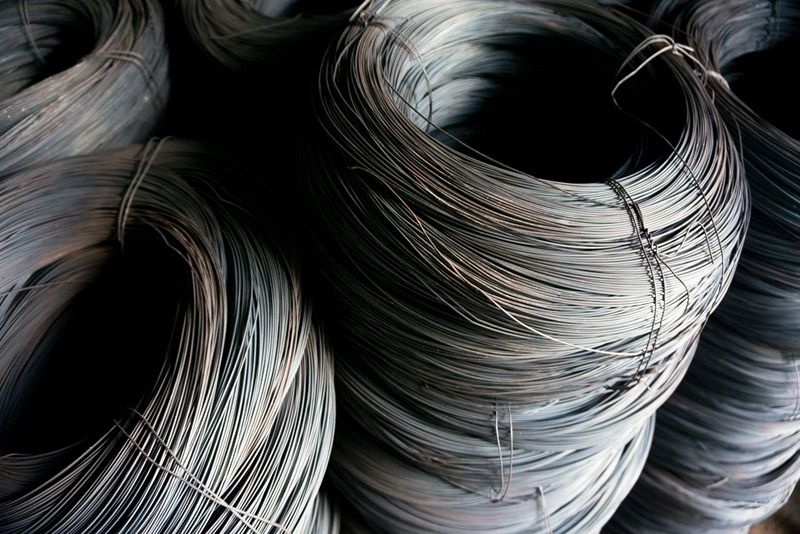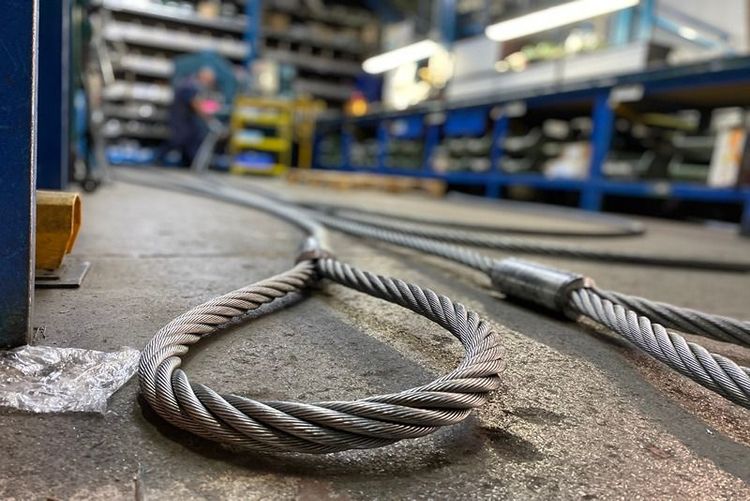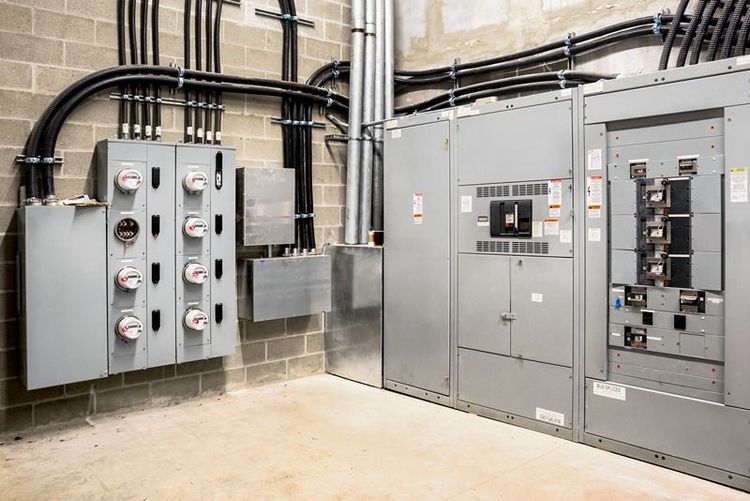Wire rods are produced through a series of processes - melting, casting, hot rolling, and drawing- to make wires. In the initial stages, the metal is melted and cast into cylindrical or cuboidal shapes called billets. These billets are then hot-rolled into long, thin rods with uniform diameters. Subsequently, the wire rod undergoes cold drawing (metal is pulled or drawn through a die at room temperature (or slightly below) to reduce its diameter or change its shape while maintaining its original properties) to further reduce its diameter and improve its mechanical properties. These wire coils meet IS 7887:1992 standards for low-carbon steel wire rods, ensuring reliability and performance consistency.
Low-carbon steel, with a carbon content typically not exceeding 0.22 per cent, is widely known as mild steel. This steel boasts exceptional ductility, making it easily formable without risk of breakage. The low-carbon steel wire rods are SAE 1006, 1008, 1010, and 1018. While not as strong as higher-carbon steel, low-carbon steel exhibits adequate strength and corrosion resistance. Its strength can be enhanced through processes such as cold-working.
Available on our platform, JSW Steel Wire Rod Coils of category SAE 1006, 1008, 1010, and 1018 are manufactured through hot rolling on continuous rolling mills. They serve as electrodes in various welding processes, where their conductivity and durability are vital.
Applications
- Electrical wiring: low carbon steel wire rods produce electrical wires and cables. These wires serve as conductors for transmitting electricity in residential, commercial, and industrial buildings. The malleability of low-carbon steel allows for easy shaping and installation of wiring systems.






 +91 7208055523
+91 7208055523
 Help & support
Help & support
